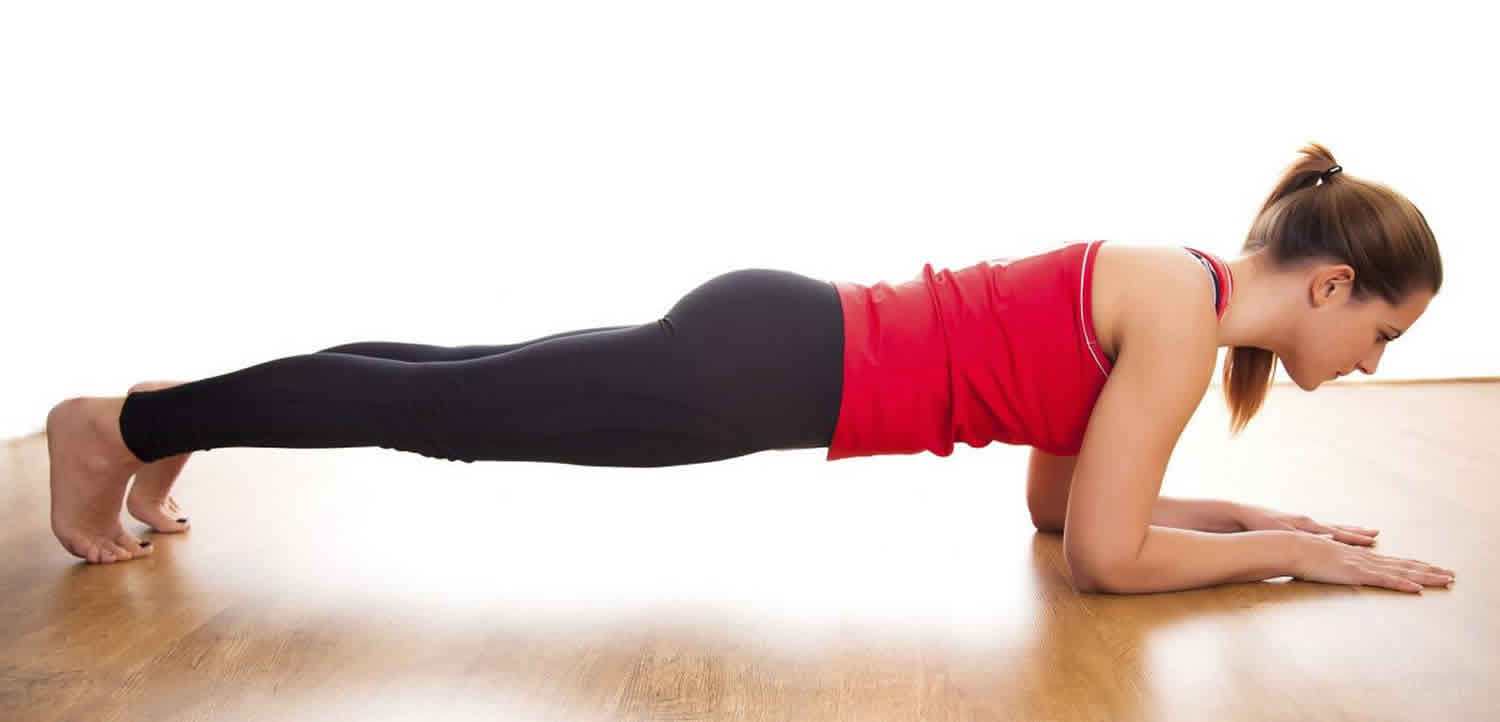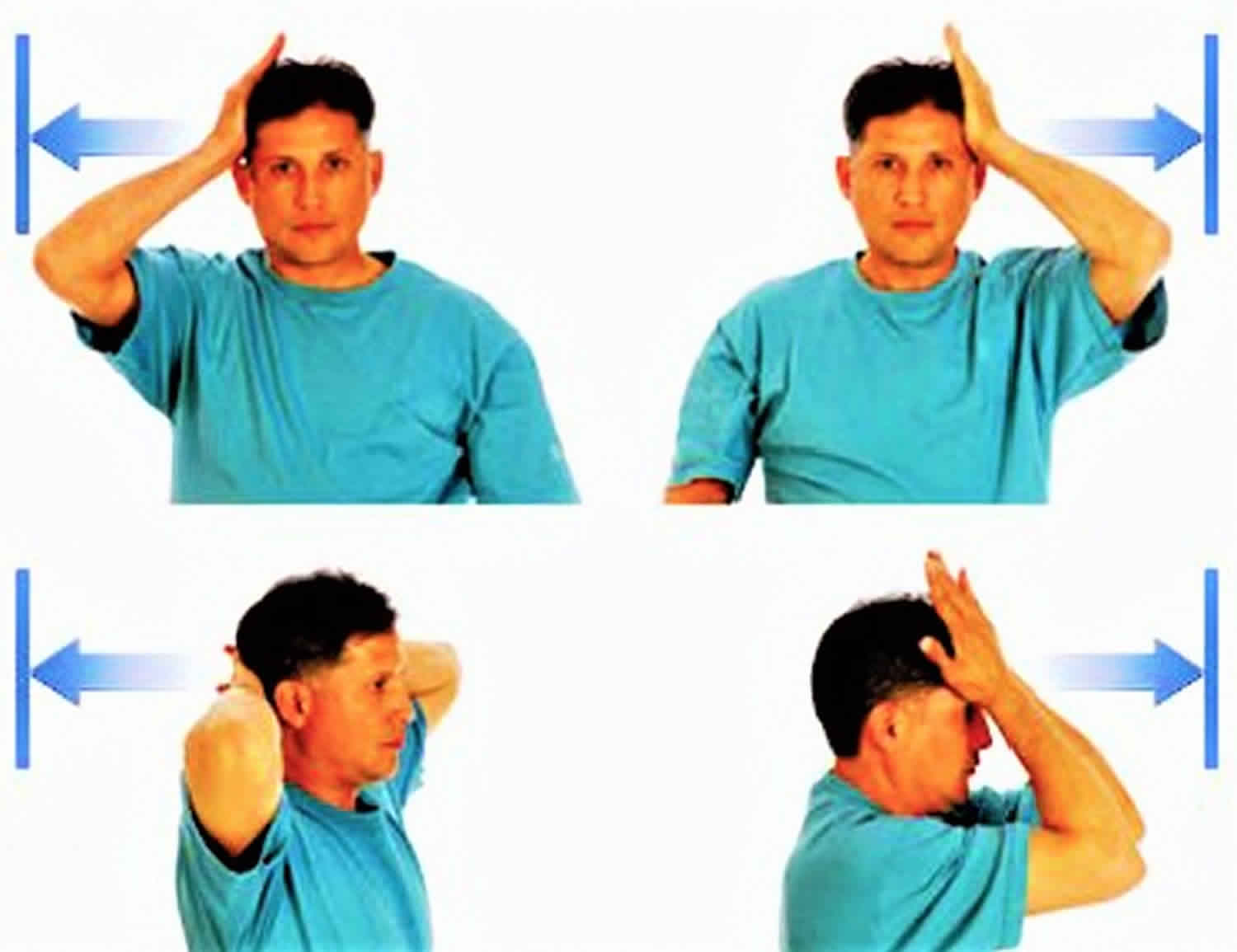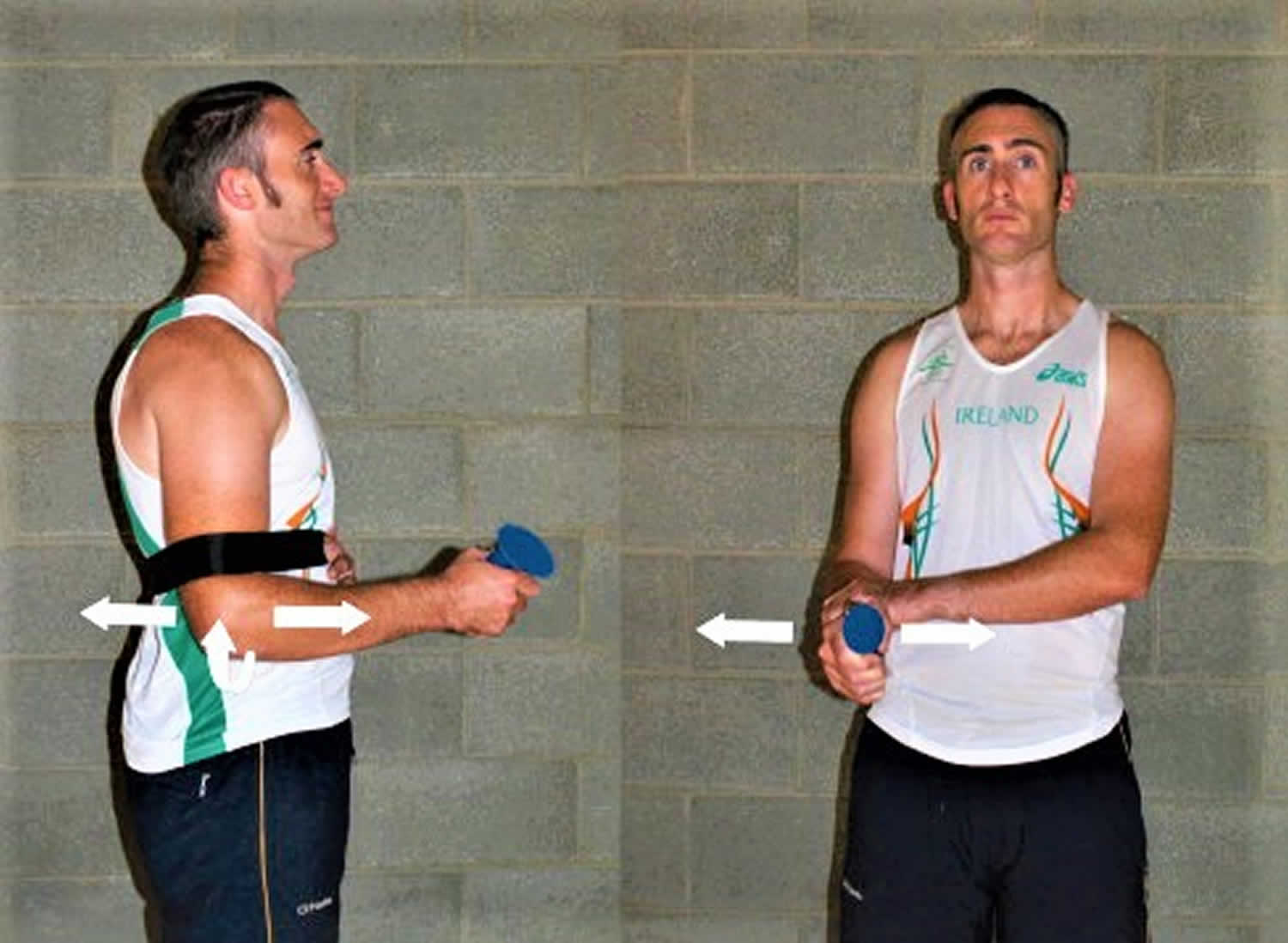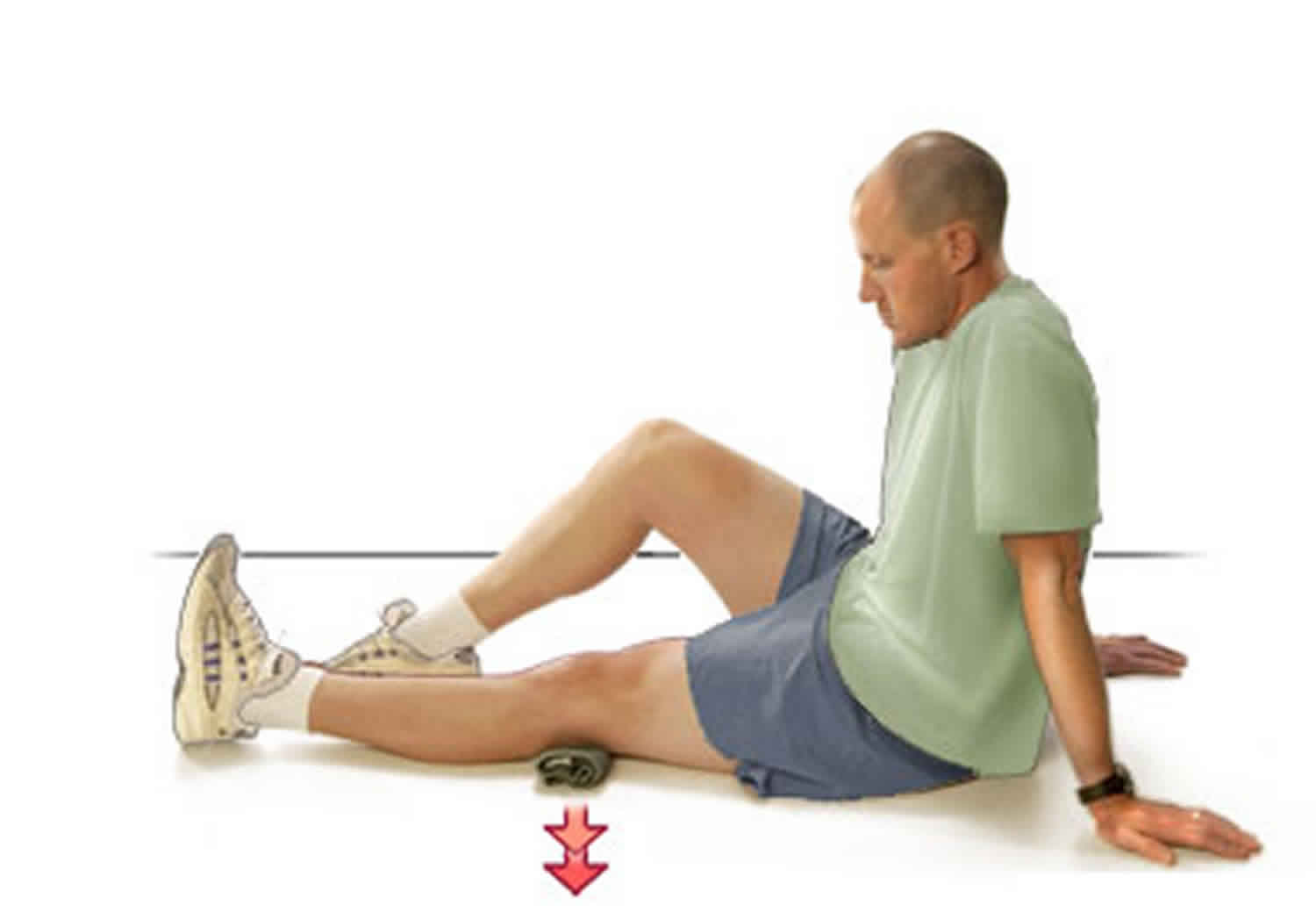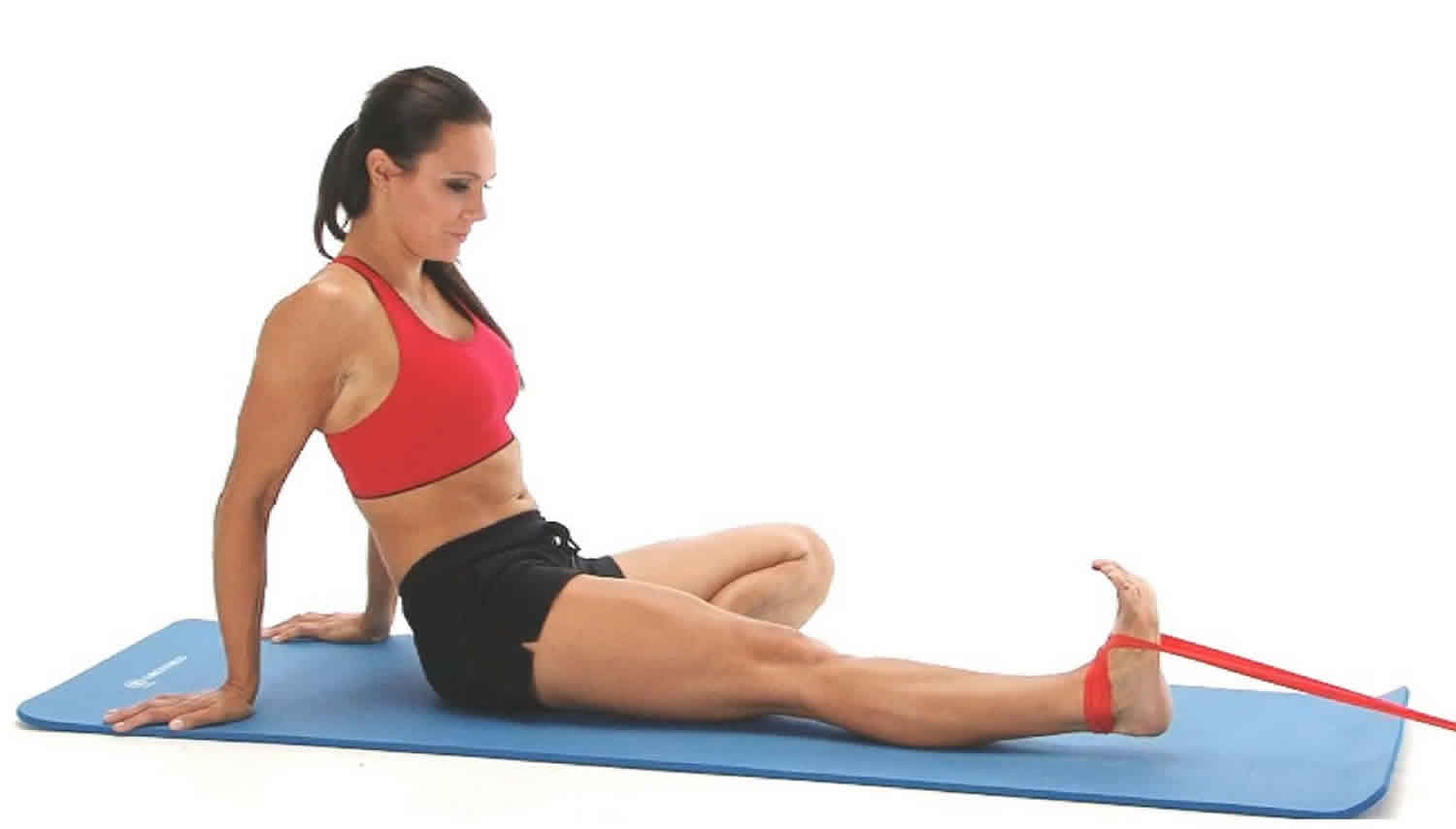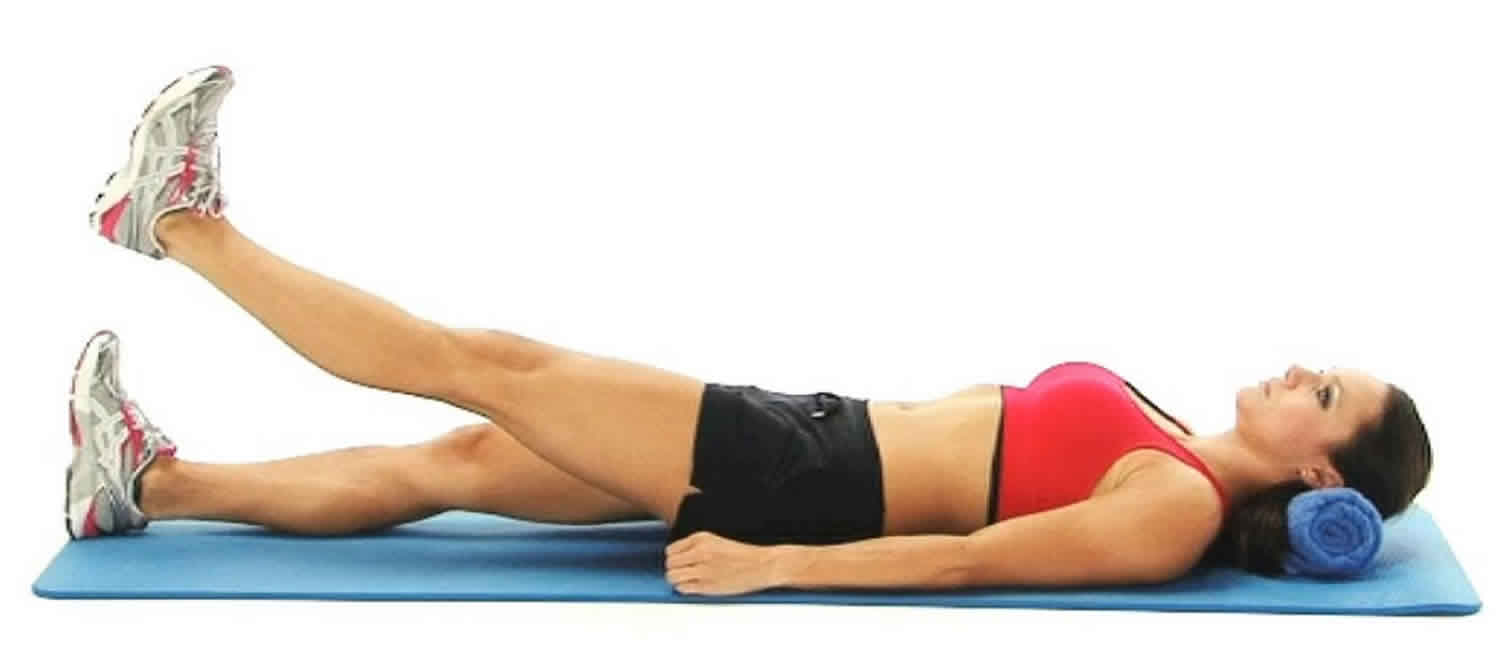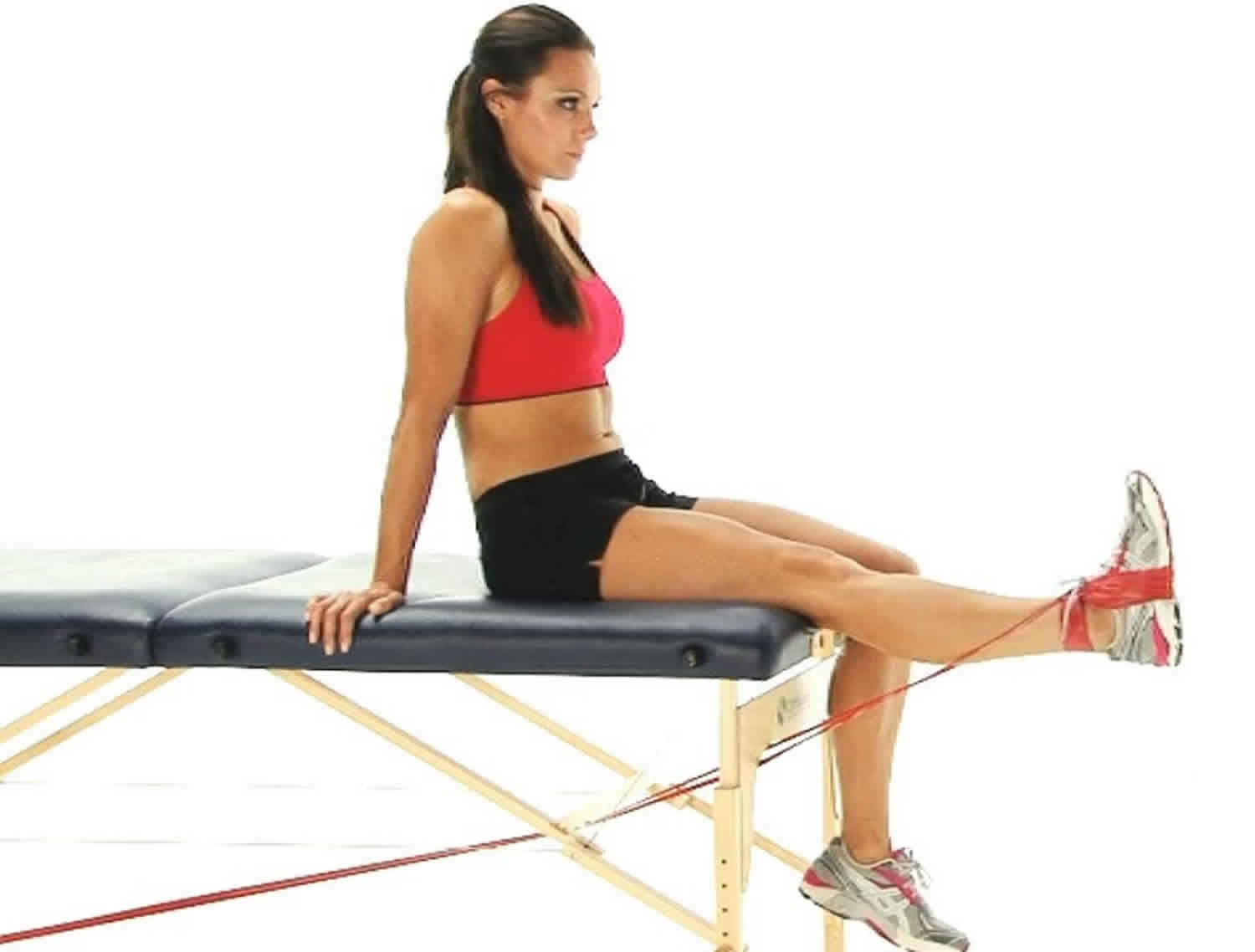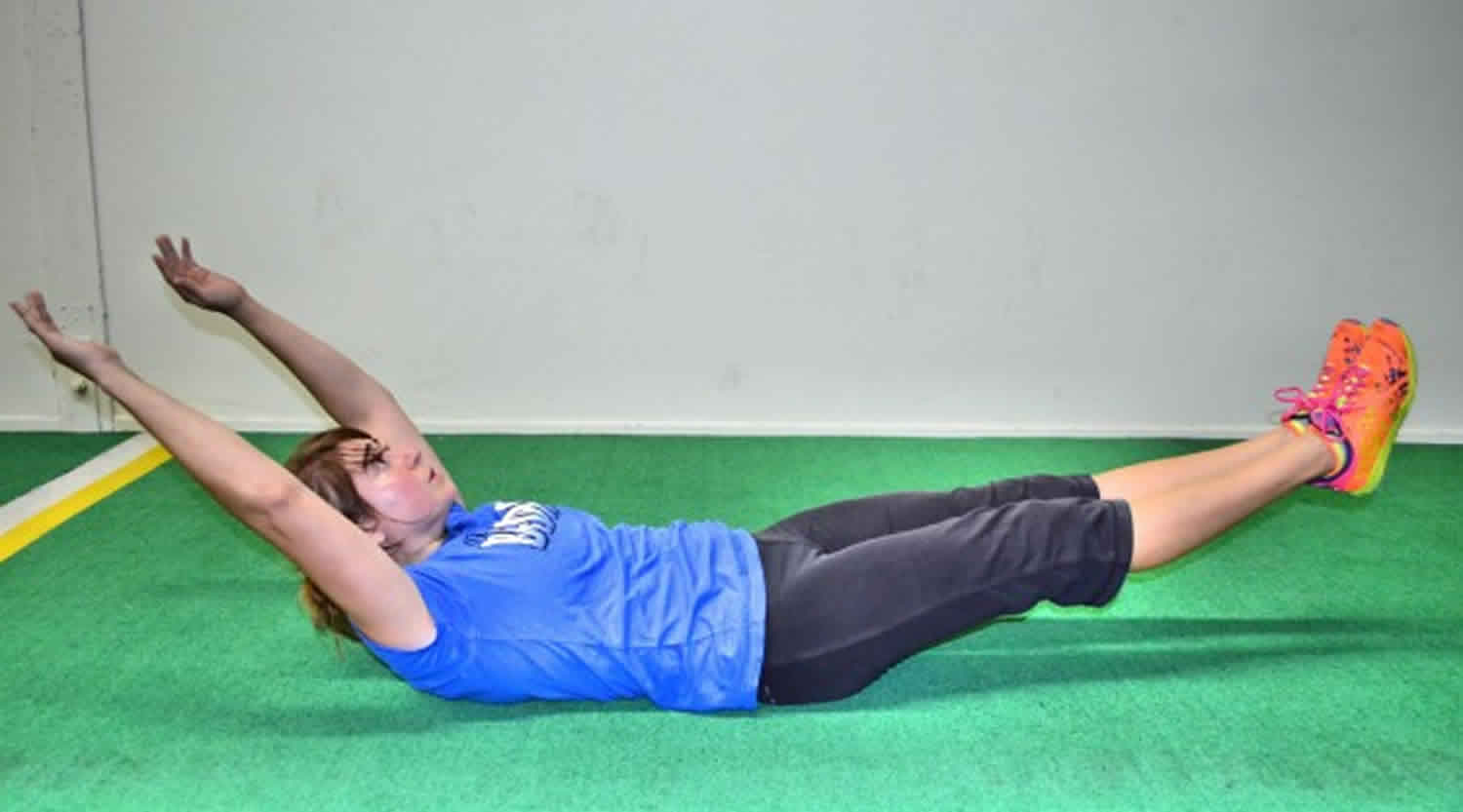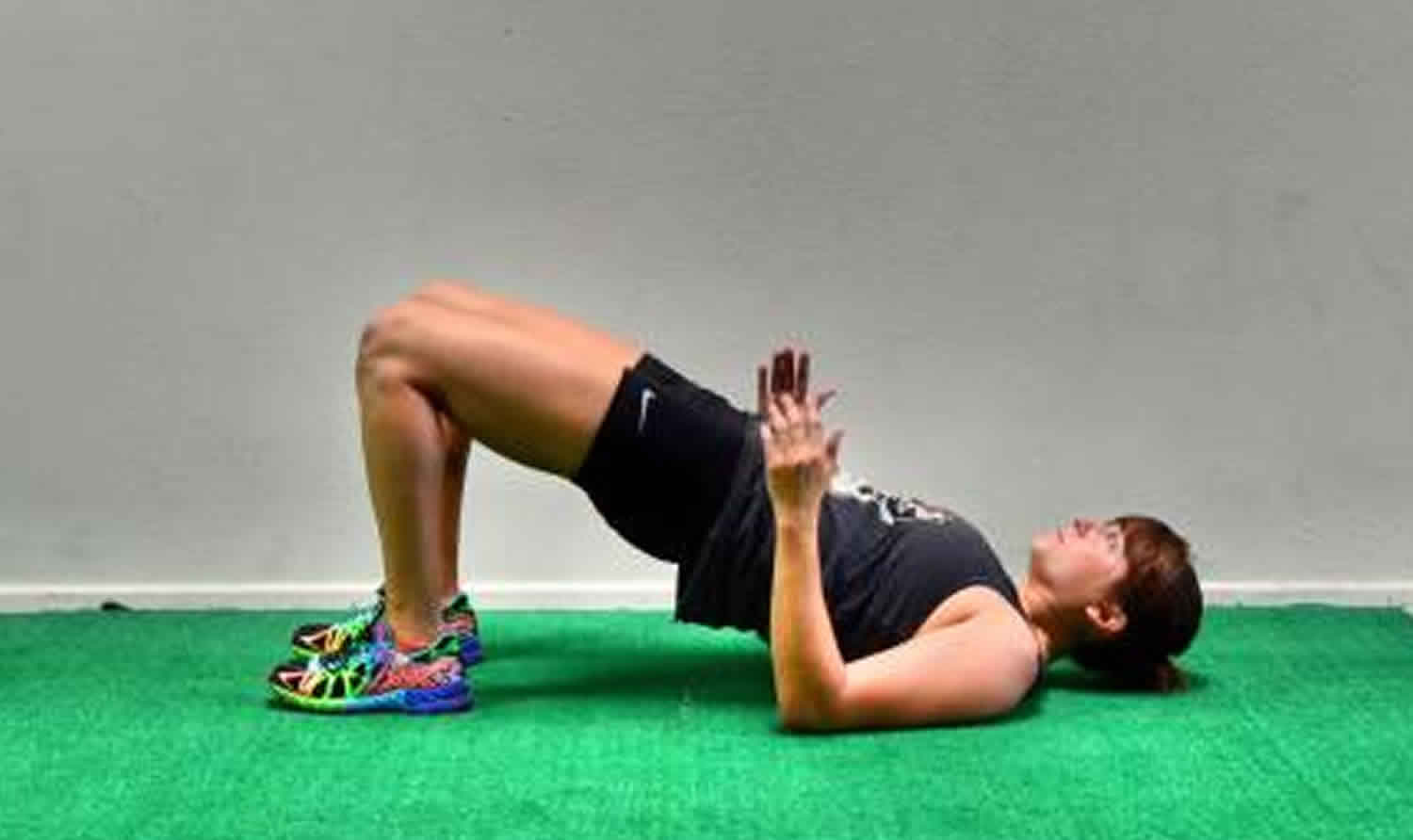Contents
What are isometric exercises
Isometric exercise also known as static strength training, is a type of strength training in which the length of the muscle doesn’t change and there’s no visible movement at the joint. In an isometric exercise, a force is applied against a resistant object, so that even though tension builds in a specific muscle, there is no movement. In other words, you’re tensing the muscle without actually moving. Isometric exercises include such positions as holding yourself in a seated position with your back against a wall (called a wall squat) or holding a light weight straight out to the side, parallel to the ground, until your arm begins to drop (isometric shoulder raise). Isometric exercises are often used for rehabilitation because they strengthen muscles without placing stress on joints, but they can be used for general strength conditioning as well. Isometric exercise is also called anaerobic exercise, as opposed to aerobic, because increased oxygen production is not required. Isometric exercise works muscles and strengthens bone. Increased muscle mass elevates metabolism, which in turn burns fat.
Isometric exercises are particularly useful when an area is immobilized, for instance when a joint is immobilized in plaster of Paris, provided the contraction does not further damage soft tissues or destabilize fracture sites as active movement would be more likely to.
Two common strengthening exercises for people with arthritis are:
- Isometric exercises: In these exercises you tighten your muscles but don’t move your joints . This helps build your muscles without moving painful joints.
- Isotonic exercises: In these exercises you strengthen muscles by moving your joints. For example, when you press your knee toward the floor, you are doing an isotonic exercise to strengthen your thigh muscle.
Talk with your doctor or physiotherapist if you have questions about how to do isometric exercises or any other exercises.
Isometric neck exercises
You can do isometric exercises to strengthen the muscles of your neck.
For each isometric neck exercise, keep your neck straight and look straight ahead.
- To exercise muscles at the right side of your neck, put your right hand against the right side or your head above your ear. As you press against the side of your head with your hand, also press your head back against your hand. You should feel the muscles at the side of your neck tighten, but your head should not move to either side. Press firmly, but not quite as hard as you can. Hold for about 6 seconds, rest for up to 10 seconds, then repeat.
- To exercise muscles at the left side of your neck, do the same steps as in the exercise above, but press your left hand against the left side of your head.
- To exercise muscles at the back of your neck and upper back, lace your fingers or put one hand over the other and place your hands at the back of your head. Press your hands against your head at the same time you press your head straight back against your hands. Press firmly, but not quite as hard as you can. Do not tip your head back. Hold for about 6 seconds, rest for up to 10 seconds, then repeat.
- To exercise muscles at the front of your neck, put the heels of both hands against your forehead just above your eyebrows. Press your hands against your forehead at the same time you press your head against your hands. Press firmly, but not quite as hard as you can. Do not tip your head forward. Hold for about 6 seconds, rest for up to 10 seconds, then repeat.
- Repeat each isometric neck exercise 8 to 12 times.
Figure 1. Isometric neck exercises
Isometric shoulder exercises
Isometric shoulder exercises are usually utilized in the early phase of rehabilitation to minimize muscle atrophy when movement of the shoulder is limited. Studies have demonstrated up to a 41% decrease in isometric strength after immobilization of the upper extremity for 5 to 6 weeks with significant decreases in muscle fiber area by 33% and 25% for fast and slow twitch fibers respectively. During immobilization of the upper limb, strength training with maximal isometric exercise 5 days/week of the free limb may prevent atrophy of the immobilized limb. Further research has suggested that adding a 0.5 kg weight to the ipsilateral hand during isometric and dynamic shoulder exertions increases shoulder muscle activity by 4% maximum voluntary excitation. Isometric exercises for the shoulder are presented in Figure 2, where a belt is employed to allow multidirectional static exercises, however other options include resistance against a wall. A hand held weight of 0.5 kg is used here to assist in increasing shoulder muscle activity. Suggested parameters for isometric exercises include pain-free 5 to 10 second holds with 10 repetitions, graded to maximal contraction and repeated several times per day with progression as indicated.
Figure 2. Isometric exercise for the shoulder
Isometric knee exercises
Isometric exercises for the knee have been designed to strengthen your thigh muscles without much movement around the knee joint. Strength of the quadriceps muscles affect the knee joint functions. It is evident that lower extremity strength has a major role in knee joint shock attenuation during weight bearing activities. There is increased risk of development or progression of osteoarthritis due to greater or uncontrolled loading on the knee joint. Reduction of pain and disability is the main aim of treatment approach in the management of knee osteoarthritis.
Knee isometric exercise sitting towel press
- Sit with leg extended, knee supported with towel roll.
- Tighten quad muscles on front of leg, trying to push back of knee downward.
- Hold the contraction for 10 seconds
- Repeat the exercise for 10 times.
Figure 3. Knee isometric exercise sitting towel press
Terminal knee extension
- With the right knee over a bolster straighten the knee by tightening muscles on top of the thigh
- Maintain the contraction for 10 seconds.
- Repeat the exercise for 10 times
Note: If tolerated and the motion is not painful you can apply mild resistance at the ankle by way of weight cuffs. Strengthening in terminal extension trains the muscle to function where it is least efficient (because of its shortened position and where there is minimal patellar compression because it is superior to the femoral groove). End-range knee extension is needed when lifting the leg into bed and moving the covers, as well as when lifting the leg into a car.
Figure 4. Terminal knee extension
Isometric knee exercise with ankle dorsiflexion
- Begin in half sitting position full the toes and tense the muscles on the front of the thigh also squeeze your buttocks.
- Maintain the leg and buttock flat on the floor
- Hold the contraction for 10 seconds
- Repeat the exercise for 10 times
Figure 5. Isometric knee exercise with ankle dorsiflexion
Straight leg raise supine
- With the right leg straight, other leg bent, raise your legs 15 to 20 inches
- Hold the position for 10 seconds
- Repeat exercise for 10 times
Figure 6. Straight leg raise supine
Resisted knee extension in sitting
- Start with sitting on a high chair with a band looped around your right ankle hold the other end of the loop under the other foot straighten the leg with the ankle loop
- Keep the other leg bent to increase the resistance
- Hold the position for 10 seconds
- Repeat exercise for 10 times
Figure 7. Resisted knee extension in sitting
Isometric core exercises
When you think of “core” isometric exercises, you probably think of planks. And while planks are great isometric core exercises, they aren’t the only great isometric core exercises.
The following isometric core exercises are a great way to build your core stability and strength so that your core works properly during heavy lifts. All of these moves also work your entire core – they work everything from your shoulders to your knees not just your abs. Because these isometric core exercises improve your core stability, they can help you not only get a stronger, more toned middle, but they can also help you prevent and alleviate injury.
All of these isometric core exercises are great for everyone from the beginner to the advanced lifter just pick the variation right for you. Also, to get the most out of these core exercises, you have to make sure to hold with proper form.
Isometric core exercises are the perfect chance to build your mind-body connection and focus on the correct muscles engaging and working. By building your mind-body connection, you will teach your body to recruit the correct muscles quickly when you do other lifts, helping you to not only lift more but also lift properly to prevent injury.
Because you are holding in an uncomfortable position, these isometric core exercises will also help you build mental toughness and learn to become comfortable being uncomfortable, which is essential for achieving results.
If your form breaks down, rest and reset. Do not simply hold these moves to hold for longer. Make sure the correct muscles are engaging when you hold even if it means you can’t hold as long.
Planks
Most people don’t do Planks correctly and don’t really get the most out of the hold. Instead of truly focusing on engaging the correct muscles, they focus on holding for longer. With Planks, you need to focus on engaging your entire core and not just hold a straight line with no thought about the muscles that should be working. If you hold a Plank for one minute, but your low back takes over, you haven’t worked your core properly and just wasted that time.
If, however, you truly engage your abs, lats, quads, glutes and inner thighs correctly, you may only be able to hold for 20 seconds. But that 20 seconds will have been way more beneficial than that 1 minute hold.
In order to get the most out of Planks, you have to get over holding for longer and instead focus on engaging everything as hard as you can.
Figure 8. Plank isometric core exercise
Dip Hold with leg raises or knee tucks
Dip Hold with leg raises or knee tucks – if you want to improve your posture, lessen upper back, neck and shoulder pain while also strengthening your upper body and core, you need to do the dip hold.
And if you want to make the move even more challenging and core intensive, you need to add in some sort of Leg Raise or Knee Tucks.
To do the Dip Hold from parallel or dip bars, place one hand on each bar and then push up to the top of a dip with your arms locked out and your shoulders down and back. Press your chest out and draw your shoulders down so that you aren’t shrugging. You want to think about elongating your neck.
Your legs should hang down straight below you. Keep your core tight as you hold at the top.
Beginners may need to use some assistance and lightly keep one foot on the ground. If this is still too much, they can also do this move from a bench.
To advance the move, add in the Knee Tucks or Leg Raises.
To do Knee Tucks, while holding at the top of the Dip, bend your knees and tuck your knees up to your chest. Move slowly and make sure you don’t shrug your shoulders up as you lift. If bringing both knees in at the same time is too much, try lifting one knee up at a time.
Figure 9. Dip hold core with leg raises isometric exercise
Banana
The Banana is another great way to improve your mind-body connection as well as your core strength and stability. It is a very tough move and an advanced variation of the Pelvic Tilt so beginners will want to start with the Pelvic Tilt Progression and learn to keep their abs engaged before trying the Banana.
To do the Banana start by lying on your back with your legs out straight and your arms reaching overhead on the ground. Your legs should be together and your arms should be right by your head.
Press your low back into the ground and draw your belly button in toward your spine as you lift your legs and arms up off the ground.
Your neck and head should be in a neutral position between your arms and your legs should be together and out straight a few inches off the ground.
Hold here, squeezing your legs together as you try to get your shoulder blades up off the ground while keeping your low back against the ground and abs engaged.
Beginners may find they need to lift their legs up higher toward the ceiling or bend their knees to keep their low back against the ground and their abs engaged.
Beginners can also try an easier variation of the Pelvic Tilt if they feel their low back taking over.
Figure 10. Banana isometric core exercise
Glute Bridge Hold
An important part of your core that is often overlooked with core training is your glutes. And it is important to work your glutes because they are not only a large muscle group, but also a powerful muscle group. Working your glutes will improve your speed, how much you can lift and help you alleviate and prevent low back and hip pain.
To do the Glute Bridge Hold, lie on your back on the ground with your feet flat on the ground and knees bent. Bring your feet in so that you can just barely touch them with your fingertips when your arms are down by your side. You can play around with this exact positioning to make sure you feel your glutes and not your low back or hamstrings taking over. Make sure your feet are also about hip-width apart.
Then bend your elbows to 90 degrees and drive your hips up, driving through your heels, upper back and arms. Fully extend your hips and squeeze your glutes as you raise. Brace your abs so that you don’t hyperextend your low back as you lift.
Hold at the top with your abs engaged and glutes squeezed. Make sure to concentrate on engaging and contracting the correct muscles as you hold. It is very important that you don’t simply go through the motions with this hold or your glutes may not fully work!
To advance the Basic Hold, you can do a Single Leg Glute Bridge Hold or even try holding on a Power Wheel or in Suspension Trainer straps.
Figure 11. Glute Bridge Hold isometric core exercise
